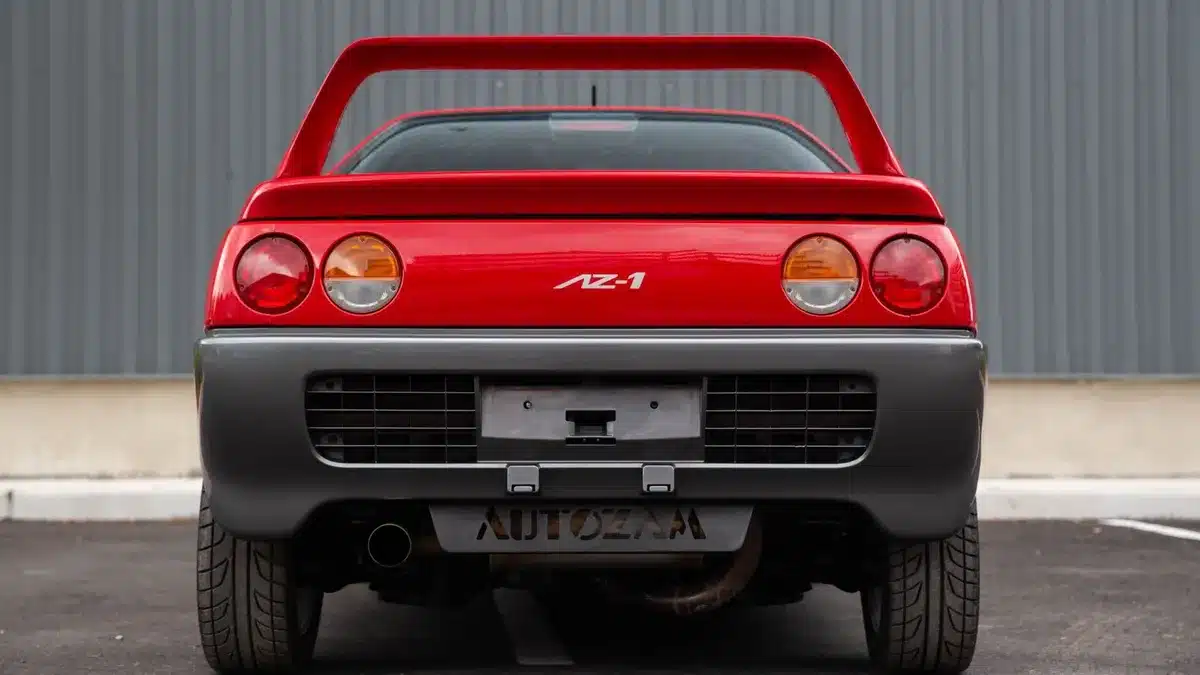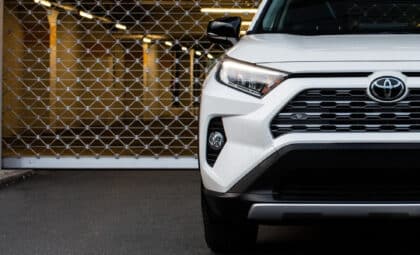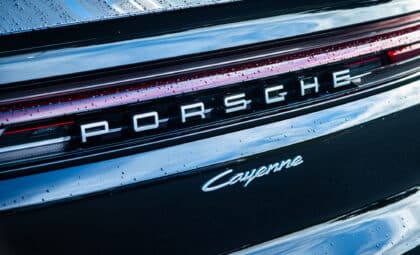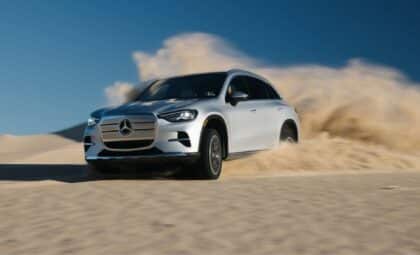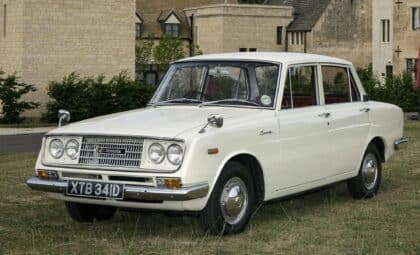The Mazda Miata has long been seen as the ultimate fun-to-drive sports car, winning over car lovers everywhere. Its reputation isn’t just about performance and design—it’s about the pure driving excitement it brings. Looking back at its legacy and the latest updates, it’s easy to see why this car remains a top pick for auto fans.
A legacy of design and performance
Launched in the 1990s, the Mazda Miata started as a small roadster that quickly became a symbol of lightweight agility and spirited driving. This design approach has been a steady theme in every Miata model since, ensuring that each version keeps the well-loved characteristics of the original. The Miata’s compact roadster design isn’t just for show; it’s a promise of a hands-on driving experience that values balance and precision.
Over the years, Mazda has fine-tuned this formula, boosting performance while sticking to the Miata’s original vibe. What you get is a sports car known for its sharp handling and responsiveness—making every drive feel like a blast.
Pricing and model variations
For anyone eyeing the 2025 Mazda Miata, the pricing stands strong in the sports car field. The entry-level model is expected to be just under $30,000, giving buyers an easy way to jump into a dynamic ride. For those wanting more bells and whistles, the fully loaded MX-5 Miata comes with extra features at a slightly higher price.
This pricing strategy makes the Miata a great choice for newcomers and seasoned drivers alike who are looking to upgrade their ride.
Exploring alternatives: compact Japanese icons
While the Mazda Miata definitely holds its own, there are some interesting alternatives for fans of compact Japanese cars. One standout is the Autozam AZ-1, known for its supercar looks, small size, and unique gullwing doors—a combo that offers something a bit different but just as fun.
Kei cars also offer a cool option on the used market. The Honda Beat shines as a two-door, mid-engine sports car first introduced in 1991. It’s notable as the last model approved by Honda’s founder, Soichiro Honda. Classic.com lists its average sale price at $8,645, making it an affordable option without skimping on charm or performance.
Another kei car worth mentioning is the Suzuki Cappuccino, which made its debut a year after the Honda Beat. This mini rocket, powered by a turbocharged three-cylinder engine that drives only the rear wheels, delivers a driving experience reminiscent of classic roadsters. Classic.com puts its average sale price at $10,477, with specific models like the 1992 Suzuki Cappuccino at $24,777 and a 1994 version at $23,553, offering a range of choices for collectors and enthusiasts.
Understanding these reliability trends can help consumers make informed decisions and avoid costly mistakes when purchasing a vehicle.
Continuing legacy and enthusiasm
Vehicles like the Mazda Miata have a way of winning over generations of drivers. They’re more than just a means of transportation—they’re about the joy you feel when you hit the road, thanks in part to manual transmission options.
Looking ahead, with Mazda and other makers sticking with these fun-to-drive ideas, it’s clear that compact sports cars will continue to be popular on roads everywhere. Their mix of history, performance, and affordability means they’ll always have a special spot in the driving world.
Whether you’re behind the wheel of a new Mazda Miata or checking out hidden gems like kei cars in the used market, there’s plenty of fun to be had and a lot to keep you smiling on four wheels.

